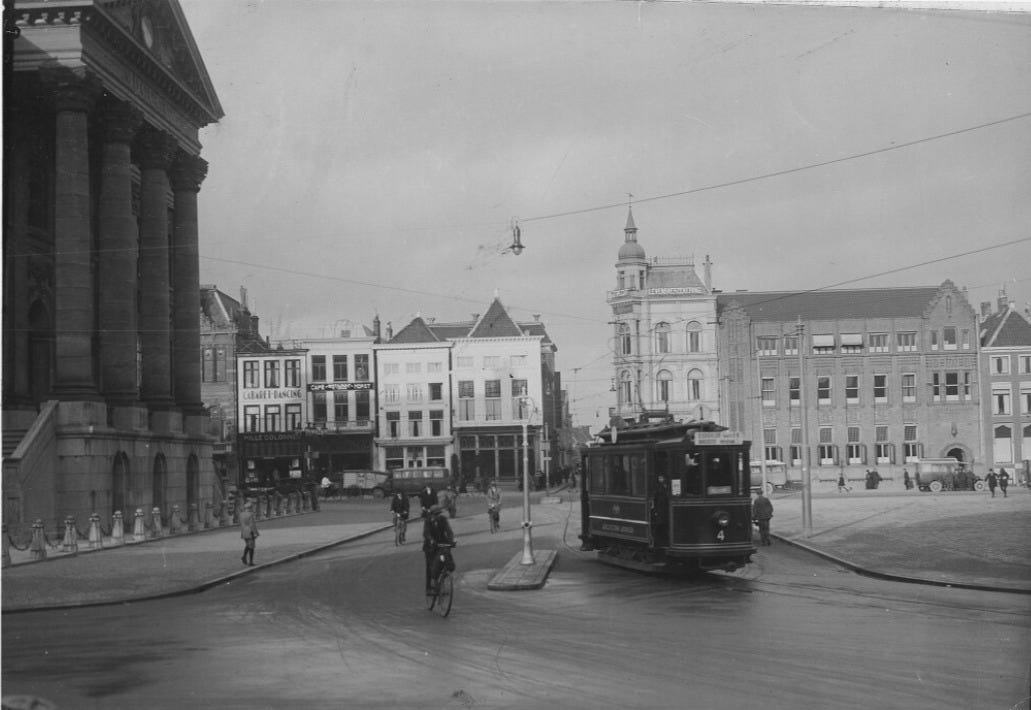Could Groningen Get Trams Running in the City Again?
With crowded buses, traffic, & 70,000 new residents expected, city leaders and students call for a reliable tram network to support sustainable mobility and improve access to Zernike and other areas.
As Groningen braces for rapid growth in housing and jobs, the city is once again seriously considering reintroducing a tram system to ease increasing pressure on public transport. The idea, long debated and once shelved over a decade ago, is being revived as both city officials and students push for a sustainable solution to overcrowded buses and limited mobility options.
Student Voices Push for Change
At the Hanze University of Applied Sciences, students are sounding the alarm. According to the Hanze Student Interests Association (HSV), daily bus rides to the Zernike Campus are increasingly unmanageable due to overcrowding and delays. “The bus is at its limit,” say representatives Martin Schinkel and Matthijs Tuinstra. Missed connections often mean missed tests or internships, they argue—adding stress and affecting study progress and mental health.
The HSV believes a tram line to Zernike would offer a long-term fix. “This isn't about luxury or image,” they say. “Cities like Ghent have run efficient tram networks for years. Why not Groningen?”
Public Transport Struggling to Keep Up
City-wide, Groningen is experiencing a daily influx of around 200,000 people, with major growth on the horizon. Projections show 36,000 new homes and 28,000 new jobs in the Groningen-Assen region by 2040, potentially adding over 70,000 people. Without new infrastructure, car traffic is expected to increase by 17%—something the city’s medieval layout cannot accommodate.
Alderman Philip Broeksma underlines the urgency: “Public transport is not nice to have, it’s need to have,” he says. Buses, particularly during rush hour, are stuck in city traffic and can't be scaled up much further due to space constraints. Line 15 to Zernike has been overcrowded for years, and alternatives are often just as congested.
The Tram: A Proven, Scalable Solution
A new study by Movares recommends bringing back the tram, citing multiple benefits. Trams can move more people than buses in a single trip, have dedicated lanes to avoid traffic, and attract higher ridership due to comfort and reliability. Cities that have reintroduced trams in recent decades report improved accessibility, safer streets, and thriving retail zones along tram routes.
Groningen last had trams until 1949. A regional tram plan in 2012 was abandoned due to political disputes and cost concerns. However, new plans focus solely on intra-city lines, including routes from the main station to Zernike and from the south of the city through the center to UMCG and Kardinge.
A City That Dares to Choose
City leaders are not ruling out trams. Space for potential lines has already been preserved in planning documents. “We’re keeping that space open,” says Broeksma, adding that a serious investigation into scaling up public transport is now underway.
While no final decision has been made, the growing support from students, researchers, and policymakers suggests Groningen may soon see tracks laid once again. As the HSV puts it: “It’s time for Groningen to stop dreaming—and dare to choose.”



